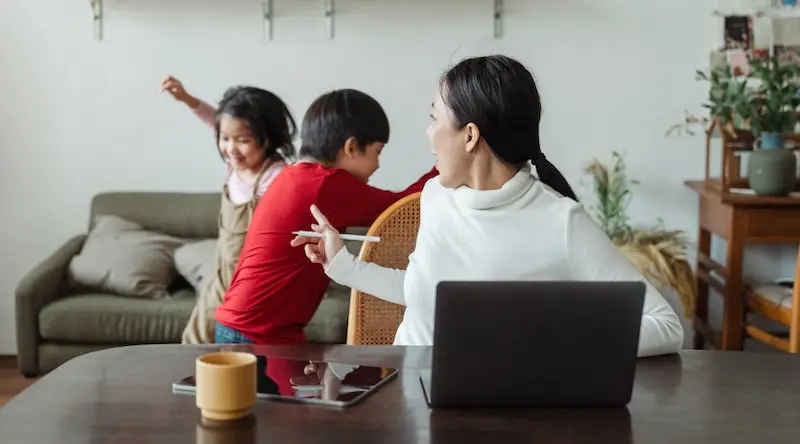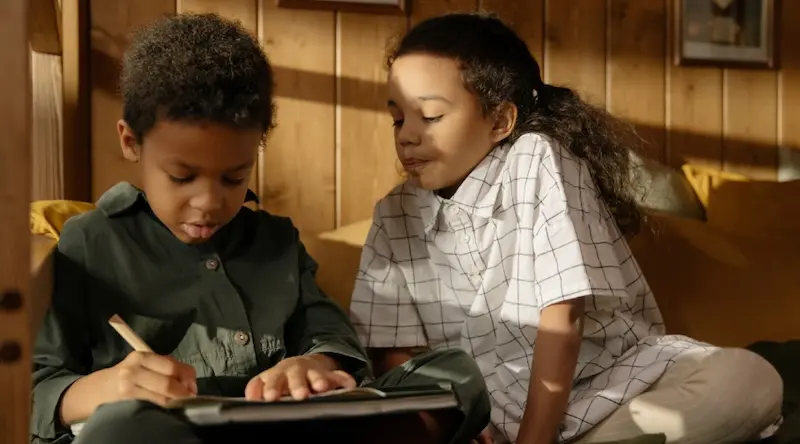settings
children
With Famly since
As our child care programs become more diverse, some teachers might feel they don’t understand some children as well as others. This is especially common if these children differ from their own cultural background, be it by race, nationality, gender, or socio-economic status.
It’s natural to view the world through the lens of our own experiences, and our cultural background. But when it comes to the early years, our approach toward guiding children’s behavior can become vulnerable to that bias.
Sometimes, children’s actions don’t match our vision of how that behavior ought to be. When that happens, we want to manage it — but we don’t teach explicitly what we want children to do. We get exasperated and tense as we try to control the undesirable behavior. That reaction can set a pattern of confrontation with the children, who feel treated unfairly, and tension escalates.
In this article, we’ll look at behavior guidance with a diversity lens: What we know or don’t know about children, and how that can affect the way we treat children differently.
Let’s explore some simple suggestions to practice appropriate guidance with all the children you care for and teach.

Defining behavior guidance with a diversity-rich lens
The Early Years classroom is a social environment, with rules and norms of how we should behave. Some are part of the field of early childhood education, and others are part of the teacher’s own philosophy and background. Of course, children and families also come with their rules and traditions.
We often expect children to understand “the code” right away — but how could they know how to navigate and respond to our unwritten rules?
Often, we’ve found that conflicts occur when temperaments are dissimilar and/or when the home culture and the school culture are not aligned.
Important behavior guidance considerations for educators
- Educators’ preconceived notions of children’s background affect the way they interpret children’s actions, and the way they respond. Most often, research has found that this leads to lower expectations of academic achievement and higher expectations of behavior for children of color. Keeping this bias in mind is important as you discuss your approach to curriculum and discipline.
- Our field routinely talks about teaching children who are “at risk”, or have a “learning gap”. This educational jargon is well-intentioned, but we’ve got to be aware that these labels can start to shape negative stereotypes.
- Boys, particularly black boys, are more likely to be disciplined and expelled from child care centers than other children. Research from Yale University suggests educators may have less tolerance for their physicality and interpret it as defiance.
As educators, it’s good practice that we take time to look for our own biases, so we can prevent them from shaping how we treat children. Do we believe that all children can learn? If the answer is “yes, but…” then we need to be alert to our biases. This recognition helps us reflect and modify our initial response in order to see the positive traits in each child.
The big ideas

The good news is, we can all recognize and overcome bias. That happens when educators use techniques that work for all children, but are also adaptable to the unique needs of some children. Here are ideas you can use everyday.

Practical applications for better behavior guidance
- Provide a predictable environment with routines.
Routines are the best strategy to prevent misbehavior, because they give children a road map to follow. When children know what to expect, they trust the environment, and can anticipate what they will do in it.
Have a posted written schedule where you can point to the sequence to remind children of the parts of the day and the expected behaviors. Say: “Children, when we finish reading the book, we will go to the playground, like we do every day. Let’s go to the cubbies. Find your coat first. Then put it on. It is not playtime yet. I will help you so we can get outside quickly”. - Teach social skills with intention.
If children don’t know a certain skill, we know it’s our job to teach them. But if they don’t know some behavioral norm, we sometimes move to punish or discipline them. What if we resolved to teach behavior, rather than punish misbehavior? It’s more enabling, and avoids the issue of uneven discipline. It could sound like direct verbal reminders: “Tony and Zach, circle time is in 5 minutes. I want you to sit quietly on your carpet square. Then you can listen to the story better. I will help you remember.” - Give affirmations for positive behaviors.
Recognize the positive behaviors that are expected, both for the group and for individual children. “Children, thank you for your cooperation during clean up time. You worked well together and got it done quickly.” “Tony, good job of listening to the story today, I see you were paying attention.” - Be direct and give calm explanations.
When children are not cooperating or following directions, use a direct tone and a serious expression: “It is NOT OK to be running in the classroom. You need to STOP right now. You will be able to run after snack, when we go outside.” - Design spaces for active and quiet play.
Developmentally young children have to move. In addition, temperamentally some children have more active little bodies than others. Early childhood environments should have opportunities for everyone, even for the same activity. For example, painting can be done standing up at an easel, or sitting down at a table. - For children learning English, use English for corrections, not their home languages.
Sometimes teachers choose to use the few words they know in children’s home languages for commands or corrections. If we say “sientate!” in Spanish, when Pablo appears to need extra direction to sit down, we are teaching him that his home language is only good for managing him. It is preferable to say in English “Pablo, time to sit down”, with a direct tone and gesture. He will get the message well. Then, use the home language for fun learning activities like singing and greetings. - Pay attention to the words you use to talk about your work.
Being with young children all day can try the patience of adults, and it’s common to share some of the exhaustion with our colleagues in the lunchroom. However, be aware of the language you use to describe children or your day. Words like crazy, at risk, climbing the wall promote a negative climate. Use language that promotes a positive climate like enthusiastic, high energy, or engaged.

Better behavior guidance in the classroom
We need to remind ourselves that even when children behave in annoying ways, they are not doing it to annoy us personally. They are in the process of learning how the world works. For them it may be that the way they behave at home or in the community is different from the way their teachers want them to behave in the early years program.
They are now learning how to act in the particular social environment of our classroom.
Behavior guidance with a diversity lens is about treating children as individuals, not stereotypes. This does not mean laissez-faire. All young children must learn self-awareness, self-control, cooperation, and empathy.
But just as with cognitive skills, the learning curve for social emotional skills is a spiral, not a straight line. It takes practice and direction from adults. In a diversity-rich environment, teachers guide behavior with positive techniques and promote a climate where every child feels valued and thrives.
Leave language barriers behind
Bring your multilingual community closer with an in-app live translation tool with over 130 languages.
Learn how live translation works






%20(2).png)


